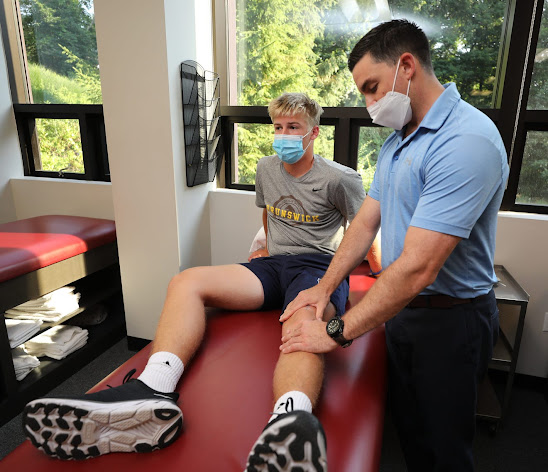Parents of Los Gatos soccer players, don't injury rates on artificial turf alarm you?
A friend's school-age son here in Los Gatos has irreparably damaged both his knees (torn both his ACLs, anterior cruciate ligaments) playing soccer, so it got me wondering what data there is on soccer injuries related to artificial turf.
Here are some concerning findings:
This study set out to "analyze data to compare injury rates on artificial versus natural playing surfaces among high school athletes".
It reports high school athletes were 58 percent more likely to sustain an injury during athletic activity on artificial turf.
"Using UH Sports Medicine Institute's school-based electronic medical record (EMR) system, physician-researchers from University Hospitals, Case Western Reserve University and UH Sports Medicine Institute analyzed data collected by 26 high school athletic trainers during the 2017-2018 athletic seasons.
They found athletes were 58 percent more likely to sustain an injury during athletic activity on artificial turf. Injury rates were significantly higher for football, girls and boys soccer, and rugby athletes. Lower extremity, upper extremity, and torso injuries were also found to occur with a higher incidence on artificial turf."
To understand why our soccer playing kids might be at risk of ACL tears, this article explains "These injuries on artificial turf often happen due to the increased frictional force between your shoes and the artificial grass — when you plant your foot on the ground, it is more strongly stuck in that spot. As such, any twisting of your upper body will put a greater stress on the ACL, leading to a higher chance of tearing the ligament. With natural grass, the planted foot would more easily be able to move, preventing the high forces put on the knee and reducing the risk of injury. Additionally, the increased risk of ACL injury associated with activity on artificial turf is made worse by hot or dry weather conditions, with increased injury rates in the summer months."
